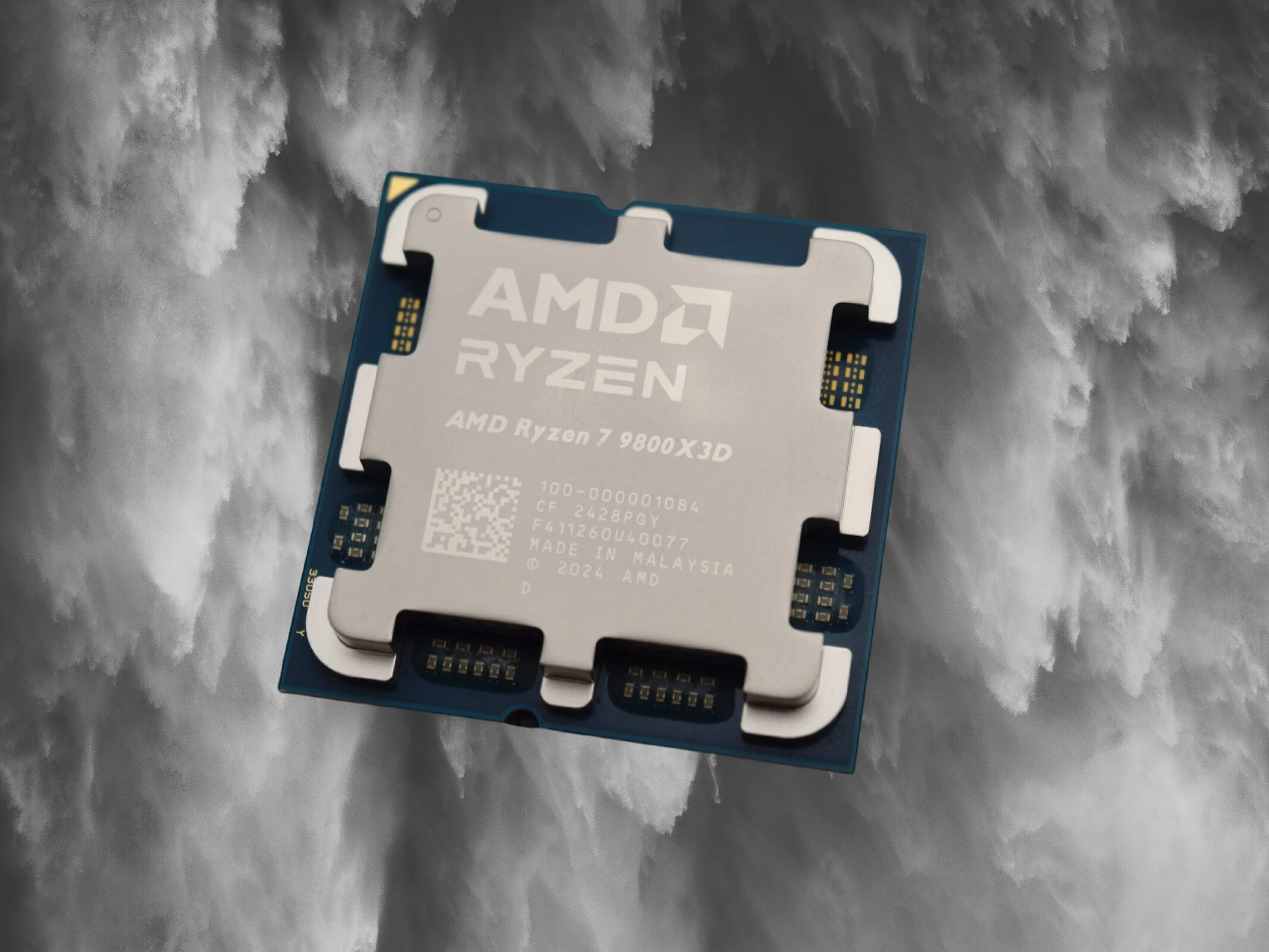Key Takeaways
1. AMD is expected to enhance gaming capabilities in Zen 6 CPUs by increasing the size of the 3D V-Cache.
2. Zen 7 is rumored to introduce a unified CPU architecture with various core types, including “Classic,” “Dense,” “Efficiency,” and “Low-Power” cores.
3. The new “3D Core” in Zen 7 will feature individual cache chiplets for each core, rather than a shared cache unit.
4. AMD is heavily investing in the latest process node technology for Zen 7, aiming for cutting-edge manufacturing from TSMC or Samsung.
5. Anticipation for more details on Zen 7, particularly regarding the 3D Core, is high, with expectations of improved gaming performance.
We are currently at a stage in the progression of AMD Zen 5 Ryzen 9000 CPUs where there is an uptick in leaks and speculation about future AMD CPU designs. We’ve shared a lot of information about Zen 6 enhancements, such as the expected CPU core counts, clock speeds, and cache capacities. Additionally, leaks have verified that AMD plans to boost the gaming capabilities of Zen 6 CPUs further by enlarging the 3D V-Cache.
AMD’s Future Plans
Thanks to insights from Moore’s Law Is Dead, we might have a clearer picture of AMD’s strategy for CPU architectures post-Zen 6. Zen 7, or whatever name the successor to Zen 6 will carry, is said to introduce a range of new features, including a novel “3D Core”.
According to the information provided by MLID, AMD aims to create a unified CPU architecture with Zen 7, which will then be divided into various product categories. Reportedly, Team Red is working on new core types, including “Classic,” “Dense,” “Efficiency,” and “Low-Power” cores for Zen 7. Moreover, AMD is investing heavily in the latest process node for Zen 7, meaning they will utilize whatever cutting-edge nodes are available from foundries like TSMC or Samsung at that time.
The Exciting New 3D Core
Despite the interesting details shared by MLID, none are as thrilling as the introduction of Zen 7’s new “3D Core.”
MLID hasn’t disclosed too much about the 3D Core, as it seems the leaker is reserving details for a more comprehensive Zen 7 leak in the future. However, what we do know about the 3D Cores for Zen 7 is quite intriguing.
To begin with, while Zen 7’s 3D Core uses the same cache-stacking concept seen in 3D V-Cache, it is fundamentally distinct. From our understanding, each Zen 7 3D Core will feature its own cache chiplet, instead of having a single cache unit shared across the entire CCD.
Presently, AMD’s 3D V-Cache CPUs, like the Ryzen 7 9800X3D, utilize one 64 MB cache chiplet positioned beneath a CCD that houses 8 cores. This means the 64 MB 3D V-Cache is distributed across the CCD. MLID suggests that every 3D Core in a Zen 7 CPU will possess its own cache chiplet, rather than relying on one block for the entire CCD.
Anticipation for More Details
We’ll need to wait for a more detailed leak from MLID regarding Zen 7 to gain additional insights about the 3D core. Until that happens, it’s an exciting prospect if AMD is indeed pursuing this direction with Zen 7, as it could lead to significantly enhanced gaming performance.
It’s already established that 3D V-Cache is extremely beneficial for gaming. Over the last two CPU generations, the top gaming CPUs available have been AMD models featuring 3D V-Cache, such as the Ryzen 9 9950X3D and Ryzen 7 7800X3D. Thus, it’s easy to imagine that a Zen 7 CPU equipped with 3D Cores, each having its own cache chiplet, could dominate gaming performance.
As always, rumors like these are prone to inaccuracies or may overlook crucial details. Therefore, it’s wise to approach this information with a healthy skepticism.
Source:
Link



Leave a Reply